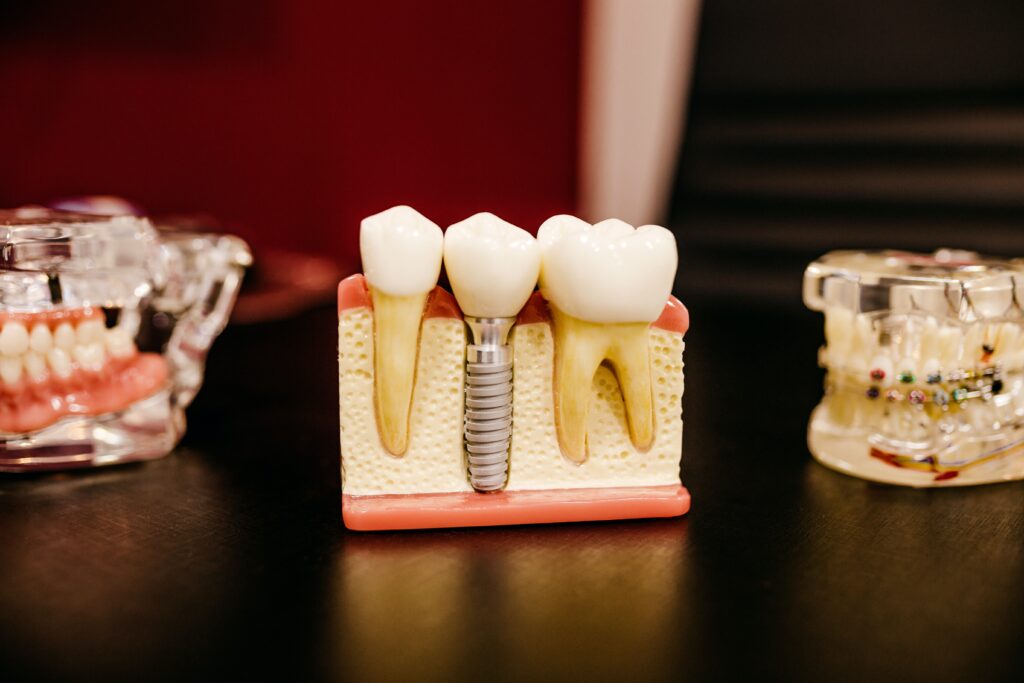The Benefits of Using ConeBeam CT for Implant Site Analysis
Implant dentistry has revolutionized the field of dental prosthetics, providing a reliable and long-lasting solution for replacing missing teeth. One key factor in the success of dental implants is accurate implant site analysis, which involves assessing the quality, quantity, and morphology of the available bone. ConeBeam CT (CBCT) imaging has emerged as a valuable tool in implant site analysis, offering several benefits that contribute to improved treatment planning and predictable outcomes. In this article, we will explore the advantages of using CBCT for implant site analysis.
1. Precise 3D Visualization
CBCT imaging provides precise 3D visualization of the oral structures, including the bone and adjacent anatomical features. Unlike traditional 2D radiographs, CBCT allows for a comprehensive evaluation of the implant site from multiple angles and perspectives. This level of visualization enables dentists to accurately assess the bone volume, density, and quality, as well as identify any anatomical variations or pathologies that may impact the implant placement.
2. Accurate Measurement of Bone Dimensions
CBCT imaging enables accurate measurement of bone dimensions, which is crucial for implant site analysis. Dentists can assess the height, width, and thickness of the available bone, ensuring proper implant selection and determining the need for additional bone grafting procedures. CBCT also provides insights into the bone density, which helps in determining the appropriate implant placement technique and assessing the long-term stability of the implant.
3. Identification of Vital Structures and Anatomical Variations
One of the significant advantages of CBCT in implant site analysis is the ability to identify vital structures and anatomical variations that may pose challenges during implant placement. CBCT images allow dentists to visualize the location of nerves, sinuses, adjacent teeth roots, and the mandibular canal. This information is essential for planning the implant position, angulation, and depth, while avoiding potential complications and ensuring patient safety.
4. Virtual Implant Planning and Guided Surgery
CBCT imaging facilitates virtual implant planning and guided surgery, improving the accuracy and predictability of the implant placement process. Using specialized software, dentists can virtually position the implants within the CBCT images, considering the patient’s anatomy, bone quality, and prosthetic requirements. This virtual planning helps in selecting the ideal implant size, angulation, and trajectory, resulting in optimal aesthetic and functional outcomes. Guided surgery techniques can then be employed, where a surgical guide is fabricated based on the virtual plan, allowing for precise and minimally invasive implant placement.
5. Enhanced Patient Communication and Treatment Acceptance
CBCT imaging enhances patient communication and treatment acceptance by providing visual representations of the implant site analysis. Dentists can use the CBCT images to explain the treatment plan, show the bone condition, and discuss the potential challenges and outcomes with the patient. This visual aid helps patients understand the proposed procedure, alleviates any concerns or apprehensions, and fosters confidence in the treatment plan.
6. Time and Cost Efficiency
While CBCT imaging provides detailed and comprehensive information, it is also a time and cost-efficient option for implant site analysis. The imaging process is quick, usually taking only a few seconds to capture the necessary data. The 3D images can be easily accessed and manipulated using specialized software, allowing for efficient treatment planning and communication. Additionally, CBCT imaging reduces the need for multiple appointments and additional diagnostic procedures, saving time and costs for both the dentist and the patient.
In conclusion, ConeBeam CT imaging offers numerous benefits for implant site analysis in implant dentistry. Its precise 3D visualization, accurate measurement capabilities, identification of vital structures and anatomical variations, virtual implant planning, enhanced patient communication, and time and cost efficiency make it an invaluable tool in implant treatment planning. By incorporating CBCT into their practice, dentists can achieve predictable implant outcomes, improve patient satisfaction, and deliver optimal dental care.
============================================

